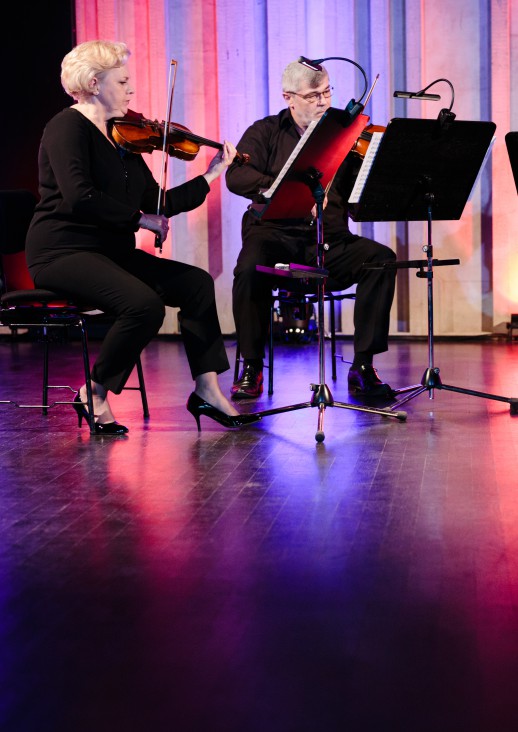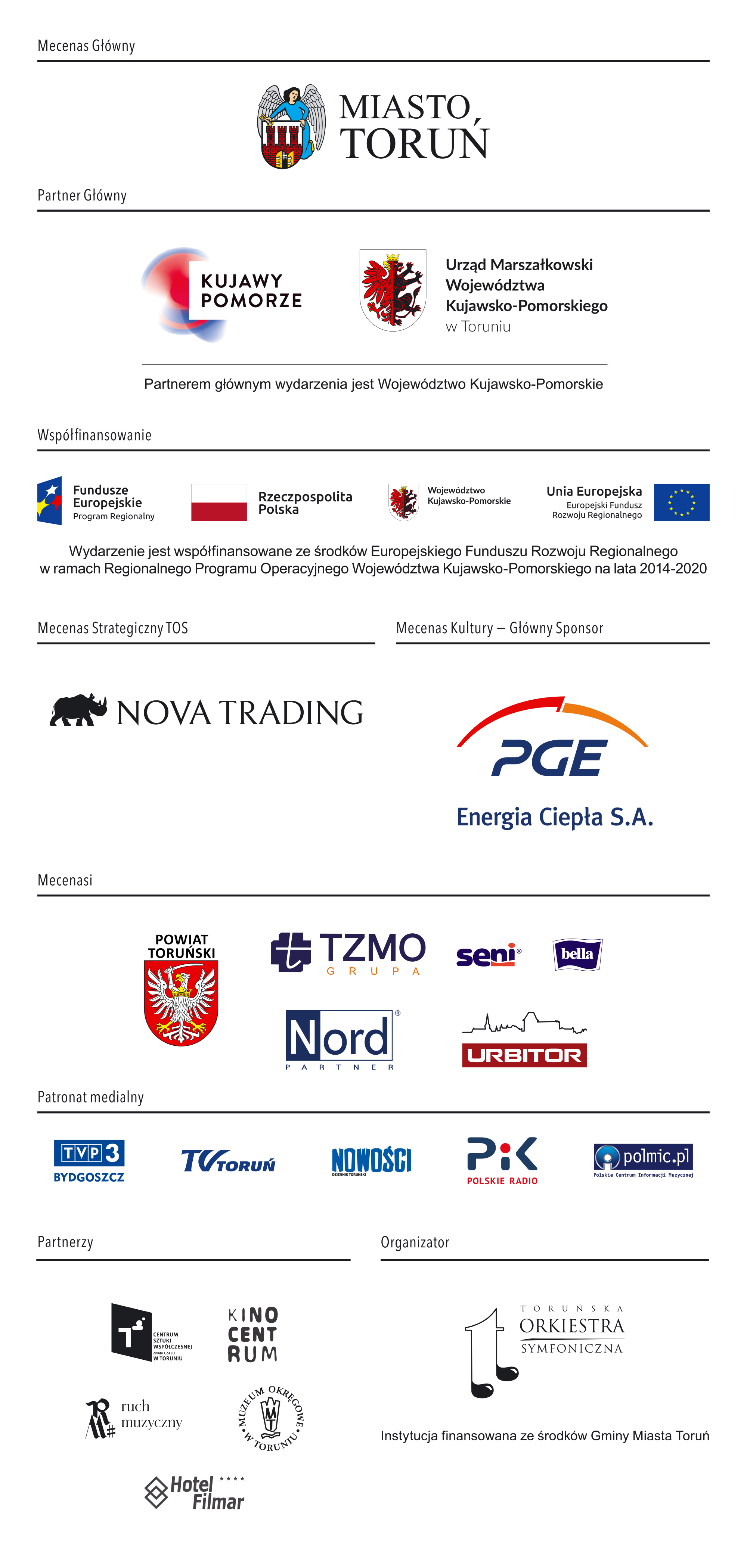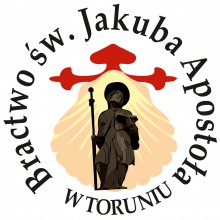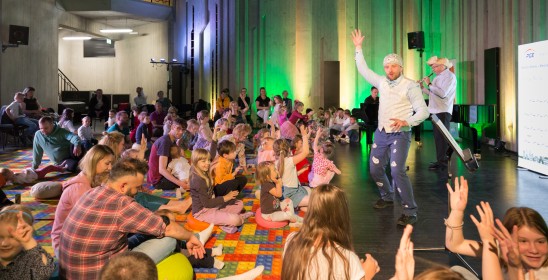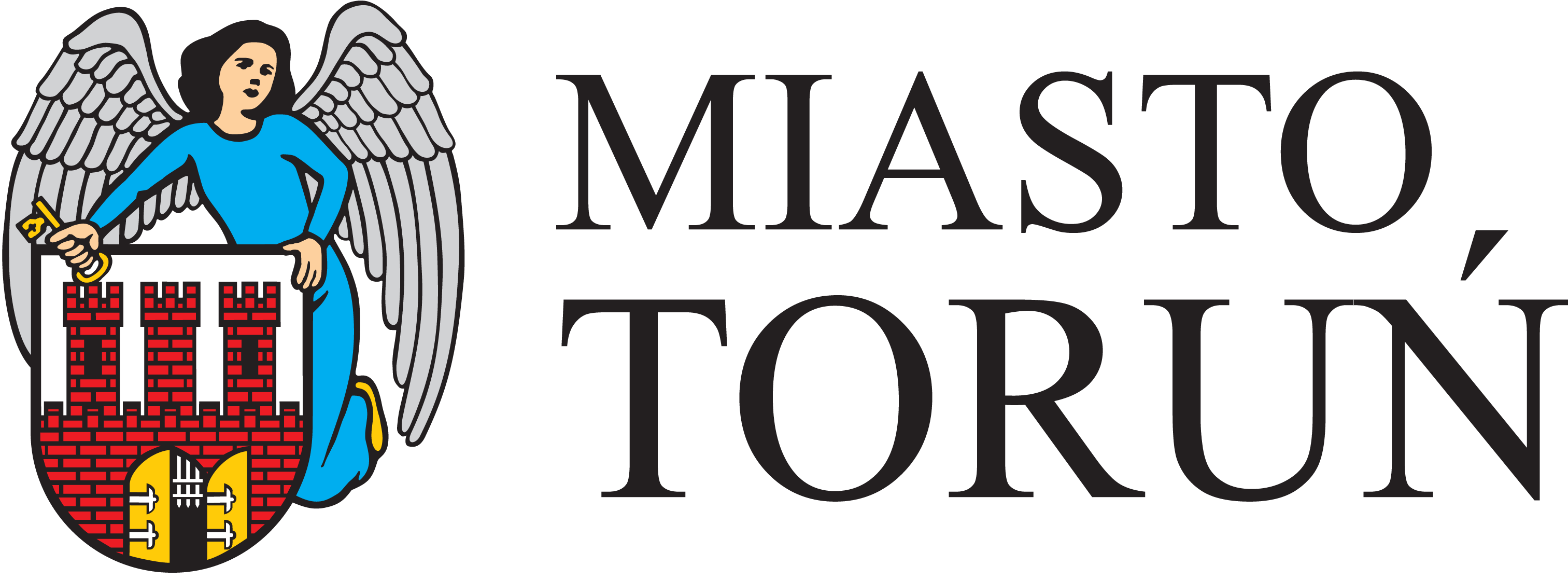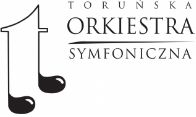An evening on the Way - Music on the Camino
The concert will be held under 25th International Festival “Nova Music and Architecture” - Toruń, Kuyavian-Pomeranian 2021
Wystąpią:
TOS quartet in the line-up:
Izabela Bogusz – violin
Grzegorz Bogusz – violin
Marta Wroniszewska – viola
Karol Wroniszewski – cello
Jan Wółkowski - introduction
Programme:
A. Panufnik – Old Polish Suite for string orchestra
J. S. Bach – Aria
J. F. Haendel – Largo
J. Turina – La Oración del Torero
M. A. Charpientier – Te Deum
J. Massenet – Meditation
G. Tartini – Cantabile
A. Corelli – Concerto grosso g-moll op. 6 nr 7
Who hasn’t heard the famous Air from the Suite in D major BWV 1068 by Bach (1685-1750)? Johann Sebastian wrote four Orchestral Suites BWV 1066-1069. In his time they were called overtures (after the name of the first movements of these pieces). They were written around 1720 when Bach lived in Köthen, Saxony. Between 1717 and 1723, Johann Sebastian worked as a Kapellmeister at the court of Prince Leopold. The Suite in D major as a whole does not stand out much among the great output of the cantor of Leipzig. The exception is the famous second movement – the Air. It was created by August Wilhelmi – a German violinist who lived between 1845 and 1908. At the end of the 19th century Wilhelmi transcribed the air for violin and piano, and since he liked to show off his technical mastery, for effect he played the air only on the G string. Hence the name of Bach’s composition, commonly known today – Air on the G String.
Two other composers exerted a great influence on the development of the Baroque solo concerto: Arcangelo Corelli (1653-1713) and Antonio Vivaldi. Corelli is the author of Concerti Grossi Op. 6. Playing this type of concerto consists in contrasting the orchestra (grosso) with a smaller group of instruments (concertino). The twelve concertos that make up Opus 6 inspired Corelli’s numerous successors. Each of them is a complete masterpiece with a clear-cut architecture and balance between form and expression. Concerto Grosso in D major Op. 6 No. 7 is one more gem of the Baroque, which has the following arrangement of tempos in individual movements: Vivace-Allegro – Adagio – Allegro – Andante-Largo – Allegro – Vivace. Concerto Grosso in G minor Op. 6 No. 8: Vivace-Grave – Allegro – Adagio-Allegro-Adagio – Vivace – Allegro – Pastorale ad Libitum-Largo.
Xerxes is one of the last operas by Georg Friedrich Händel (1685-1759), which premiered in April 1738. The famous Largo, derived from the Arioso aria Ombra mai fu, which in the original has the designation Larghetto, certainly contributed to its popularity. Largo has lived to see many adaptations and has been played on many instruments. In the operatic air, the main character is delighted by the shadow cast by a plane tree. Could this be an irony? Yes, and in the tradition of Venetian opera.
Marc-Antoine Charpentier (1643-1704) was a pupil of the master of oratorio – Giacomo Carissimi, an extremely versatile composer, the author of: operas, oratorios, motets, hymns, magnificats. He gracefully combined the musical style of Italian masters with the native tradition of French music. His most famous composition is the hymn Te Deum, its part, the Prelude, was the signal of Eurovision for many years.
Andrzej Panufnik (1914-1991) chose the status of an emigrant, taking England as his new homeland, but he never cut off his roots. His Old Polish Suite for string orchestra was written in 1950 and consists of three Old Polish dances: Cenar, Wyrwany and Hayduk, interspersed with chorale-like sections (Interlude and Chorale). Panufnik drew these dances from tablature collections: the lute tablature of Mateusz Weisselius (Cenar), an anonymous tablature from the 17th century (Wyrwany) and the tablature of Jan of Lublin (Hayduk).
Also in the programme: La Oración del Torero Op. 34 (Prayer of the Bullfighter, Op. 34) by Joaquín Turina Pérez (1882-1949), Cantabile by Giuseppe Tartini (1692-1770) and Méditation by Jules Massenet (1942-1912).
Aneta Derkowska, PhD
There is no intermission in the concert.
The event will take place in accordance with current recommendations and guidelines.
Please read the rules and comply with the GUIDELINES FOR THE CONCERT PARTICIPANTS.
IN CONNECTION WITH THE ONGOING COVID-19 PANDEMIA and completing the statement to be given to
you by staff on the day of the concert.

